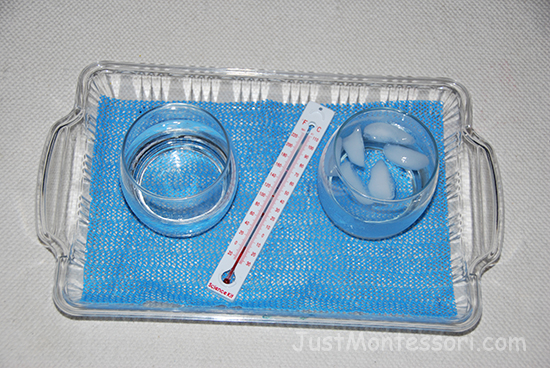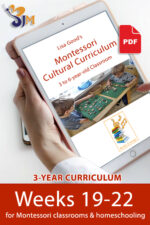Book choices for today:
From Plant to Blue Jeans Arthur John L’Hommedieu
Berry Smudges and Leaf Prints Ellen B. Senisi
Botany: (first circle)
Need for lesson – Plant sources, such as beets, carrots, onion peels, lichen, or turmeric. (Prepare colors at home ahead of time. In boiling water add individual plants/vegetables with salt to boiling water to make the water colored. You can use containers to carry the dyed water to the classroom. If there is a kitchen available to warm up the water in pots or a microwave before the children add their yarn.) White yarn pieces for the children put inside of the colored water and tongs.
This lesson is very similar to dyeing fabric squares in Week 9 Day 3 of the curriculum. We are using yarn this time and making the connection with plants instead of colors. Decide how you would like to use each of these. I like to repeat the lesson with reminders and questions from the previous time we used dye. An excellent resource is the book, Berry Smudges and Leaf Prints by Ellen B. Senisi. It has great ideas for making colors from nature! It lists various dyes made from nature items and has art ideas in it as well.
Botany 19
A long time ago people had to supply their own needs. They didn’t have stores like we do today to go buy the things we need. Much time was spent making cloth for clothes and other things. There were not any big machines like there are today to help make things faster. We talked about the cotton plant and how it is used to make many things today. What color is the cotton? Yes, just plain white. People wanted to have more color. Dye is used to add color. There was no dye to go and buy so they had to make their own dyes. They had to use what is called natural resources. What do you think those are? The things they would find in nature, were things like grass, trees, flowers, or natural things, that they didn’t have to make, it already existed around them that they could use.
People found out that they could use plants to make dyes with. All parts of the plant could be used to make different colors. Berries were good for making purple or blue colors. Dandelion flowers could be used to make yellow. The roots of some plants would make brown colors. The parts they used were mashed or peeled and put into a pot of hot water and the water would begin to turn color. They would then add the fabric or yarn to the colored water to dye it.
At home I took these plants and put them into some water with salt to turn the water into different colors. We are all going to get a chance to put some yarn into these colors and make colored yarn. Let’s look at the colors and decide which plants made which colors. We are going to leave the yarn in the water for the morning and check them at our next circle. When they are ready we will hang them out to dry.
Science: (second circle)
Need for lesson – Thermometer, a cup of cold ice water, and a cup of hot tap water.
After looking at your yarn and hanging them out to dry, come back inside and ask the children what they thought about the weather, or the temperature outside. What is temperature? Demonstrate a thermometer and what it does using the different cups of water. As the temperature goes up, the liquid inside the thermometer goes up. When the sun comes up, it warms the air and the temperature goes up. Talk about how the temperature goes up and down, and that the temperature changes with the seasons.

-
 (F) Weeks 19-22$25.00
(F) Weeks 19-22$25.00


